The laundromat cycle overview
The ‘a load off your mind’ science communication laundromat has been developed as a series of exercises – a cycle – delivered over eight stages.
This came out of two tracks of work: a laundromat installation to help conference attendees cathartically ‘air the dirty laundry’ of their discipline, and reflexive workshops aimed to develop thinking around engagement.
We have run these as in-person residential laundromats, and online-facilitated remote ones over the last few years for groups of people either working on the same project, or a collection of individuals working on their own projects.
Based on our experience of designing and facilitating these, we have open-sourced the materials on this website. This content will allow you to facilitate your own laundromat.
A laundromat, a shared wash, or a single rinse?
The laundromat cycle can be conducted as an immersive multi-day programme for:
- Multiple groups or individuals working on separate engagement projects (‘doing their own washing in a shared laundromat’);
- A single project team working on one engagement project (or multiple strands of the same project (a ‘custom laundromat’).
The full workshop can include the use of various props including the cardboard washing machine, and the zine workbook (print templates for which are in the resources section).
Or, individual stages can be used as a stand-alone by either individuals or groups. Revisiting individual stages of the cycle can also be useful for projects who have done ‘a full cycle’ previously or scientist-communicators who want to refresh areas of their practice.
In this section, each of the stages is explained. This covers the ‘why’ — what’s the purpose of the stage — and also some ‘how’ notes for facilitators. The resources section contains downloads for each section.
The first page contains notes for people thinking of running an entire laundromat — either online or in-person — covering some of the logistical learnings we have gathered. Subsequent pages cover the stages — one to eight as summarised on this page — sequentially.

A laundromat in action: a group discuss their engagement projects around the cardboard washing machines that have the exercises on their sides
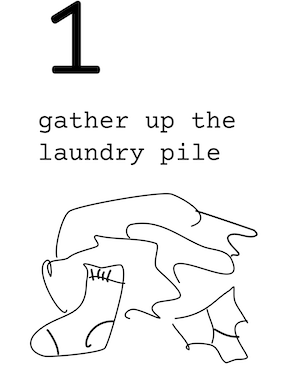 |
Stage 1 includes: 1.1: Setting the cycle survey 1.2: ‘Name tag‛ finding out about you 1.3: ‘Drawing it out‛ you and your engagement |
 |
Stage 2 includes: 2.1: Scicomm 101 2.2: ‘Get it on the garments peg ‘em up prompts‛ documenting preliminary considerations |
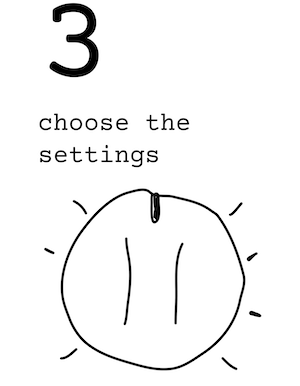 |
Stage 3includes: 3.1: ‘What’s on the box’ project name 3.2: ‘Dialling it in’ project cycle length 3.3: ‘Setting the sliders’ upstream or downstream and controversy level |
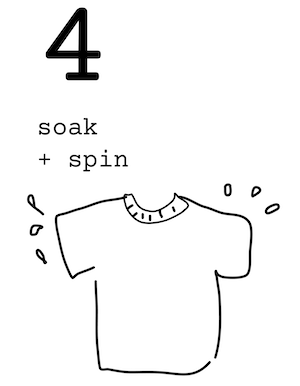 |
Stage 4 includes: 4.1: ‘What's in the spin wheel’ motivations, power and people
|
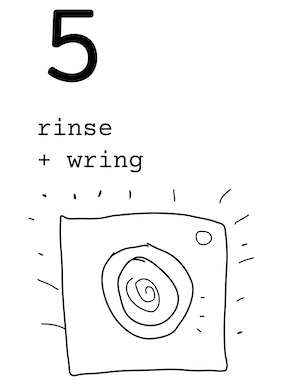 |
Stage 5 includes: 5.1: ‘Who's in the spin’ audiences and messages 5.2: ‘What's in the spin’ layering messages |
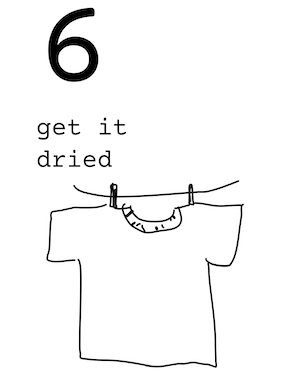 |
Stage 6 includes: 6.1: ‘Hanging out’ priorities washing line |
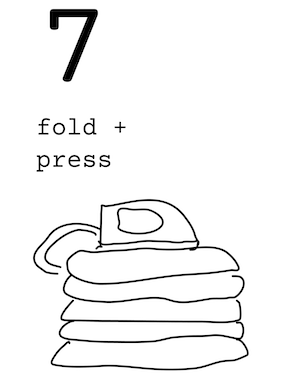 |
Stage 7 includes: 7.1: ‘Stacking up’ measuring impact 7.2: ‘Pressing on’ reflections |
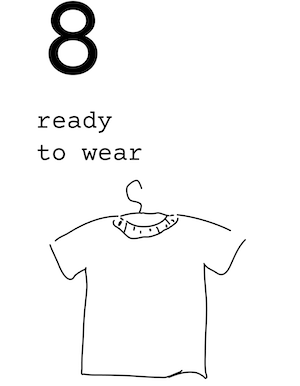 |
Stage 8 includes: 8.1: ‘Freshly laundered’ next steps 8.2: Future follow-up |
